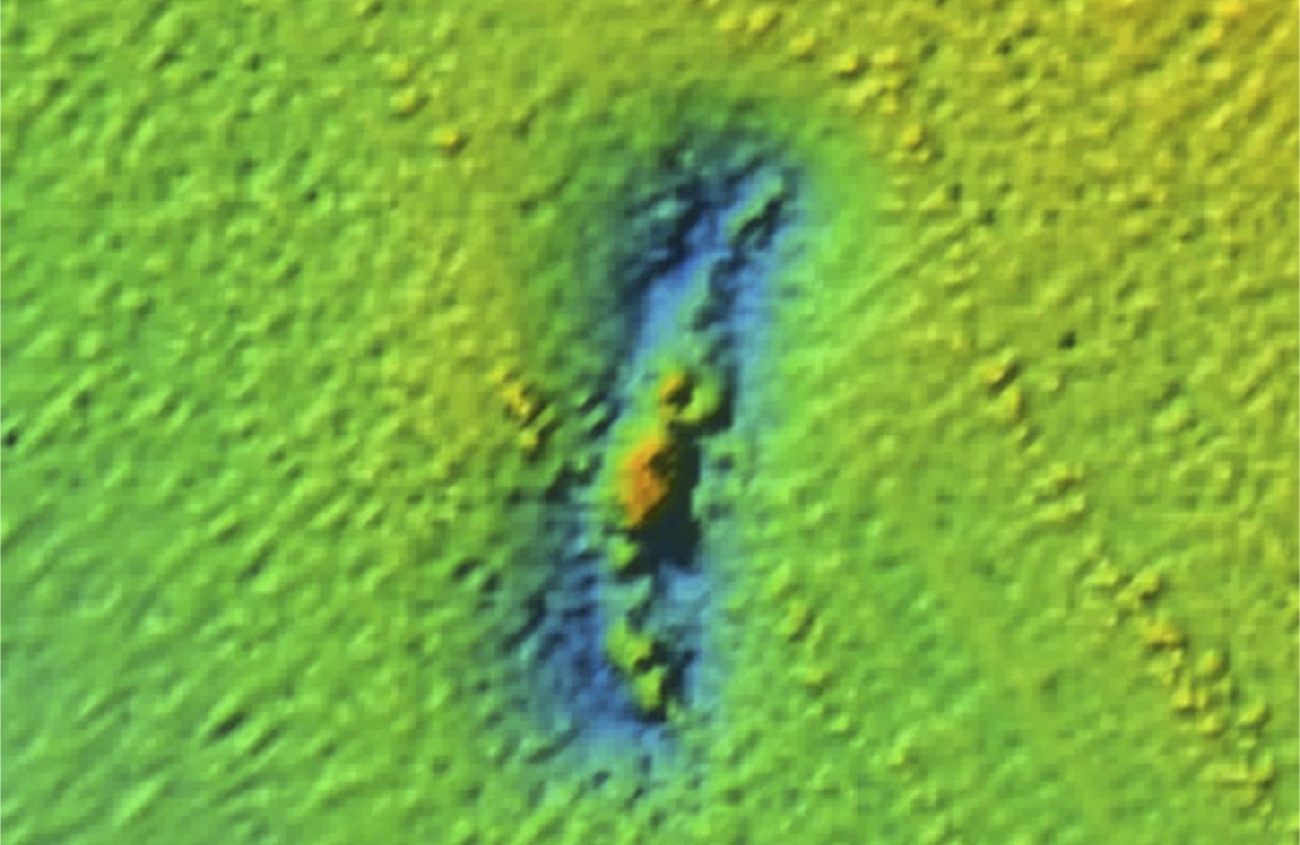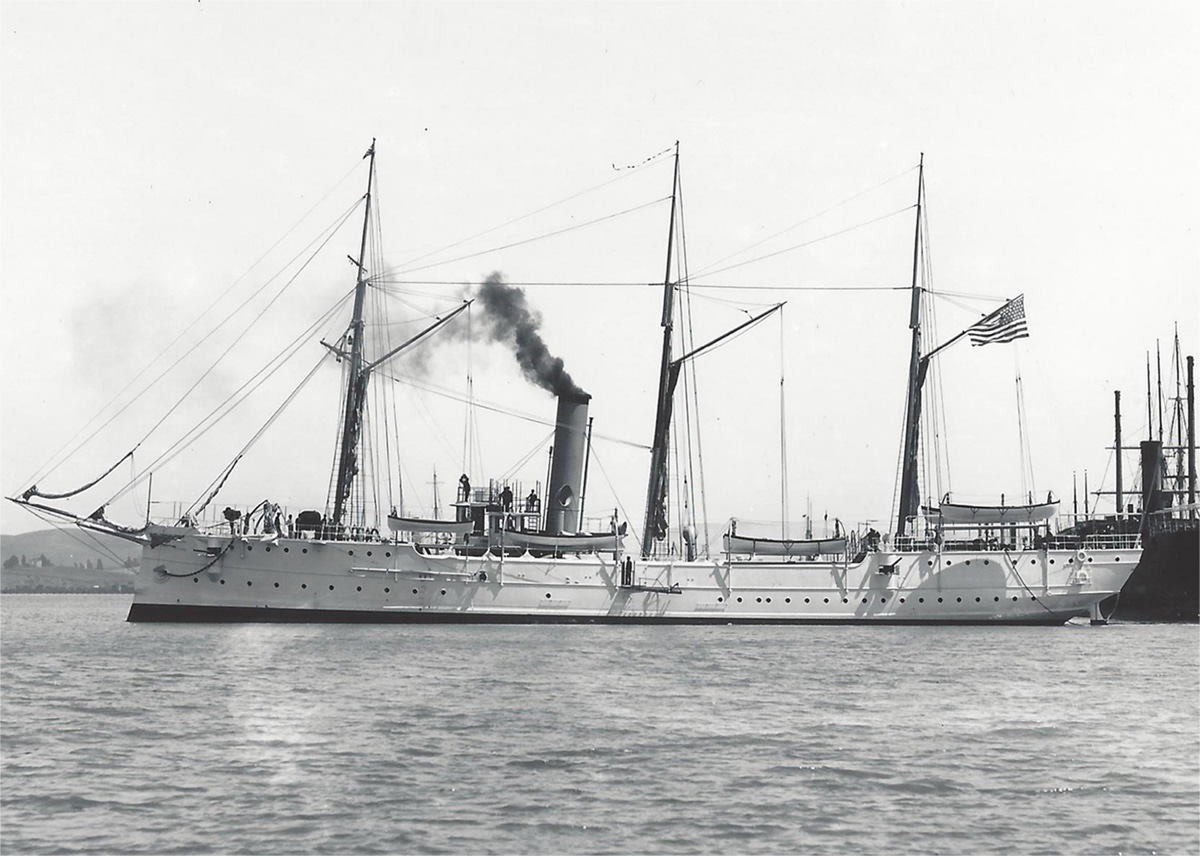100-Year-Old Shipwreck Discovered Off California Coast

It took just a half hour to sink but a century to be found.
The U.S. Coast Guard announced on Tuesday (June 13) that it had located the sunken remains of the McCulloch, 100 years after the ship was lost off the coast of Southern California.
When the McCulloch launched in 1896, it was the largest cruising cutter built at the time, at 219 feet (67 meters) long, with a capacity to hold 130 crewmembers during wartime. The vessel saw action in the Battle of Manila Bay in 1898, during the Spanish-American War. Afterward, it was used to run patrols up and down the U.S. Pacific coast, and it operated in the Bering Sea Patrol, serving as a floating courtroom for remote Alaskan towns and as a base for officers to enforce fur seal regulations.
When the U.S. got involved in World War I, in April 1917, the McCulloch was put under the command of the U.S. Navy for patrol duties. During a fateful trip from San Pedro to San Francisco on June 13, 1917, the McCulloch encountered the SS Governor, a passenger steamship, traveling in the opposite direction. [See Photos of the Sunken McCulloch Shipwreck]

The ships collided in the thick fog. Just a half hour later, the McCulloch upended and sank, off Point Conception, California. All of the crew were taken onboard the SS Governor alive, though John Arvid Johansson, the water tender who managed the boilers in the engine room, had been badly injured in the wreckage and died a few days later.
"As the 100th anniversary was approaching, we decided it would be a fitting tribute to the ship and her crew to wait and make the announcement June 13," Dan Dewell, a public affairs officer with the 11th Coast Guard District in California, told Live Science.
Previous underwater surveys in the area had identified a possible shipwreck site, Dewell said. And in October 2016, a joint training mission by the National Oceanic and Atmospheric Administration (NOAA) and the Coast Guard set out to further investigate.
Sign up for the Live Science daily newsletter now
Get the world’s most fascinating discoveries delivered straight to your inbox.
A remotely operated vehicle (ROV) that was designed to look for historic shipwrecks was deployed from the Channel Islands National Marine Sanctuary's research vessel Shearwater, and it caught footage of the sunken vessel's steel skeleton, draped with anemones.
Though the ship's hull and decks had been destroyed by wood-boring organisms, the McCulloch still retained some of its giveaway details. Using historic photos and records of the vessel, the researchers were able to match its 11-foot (3 m) bronze propeller, the 15-inch (38 centimeters) torpedo tube set in the bow stem, the steam engine and boilers, among other features.
Dewell said the Coast Guard has not yet made plans for further research, but the site is protected under the U.S. Sunken Military Craft Act of 2004, which means that no part of the vessel can be disturbed or removed.
Original article on Live Science.










